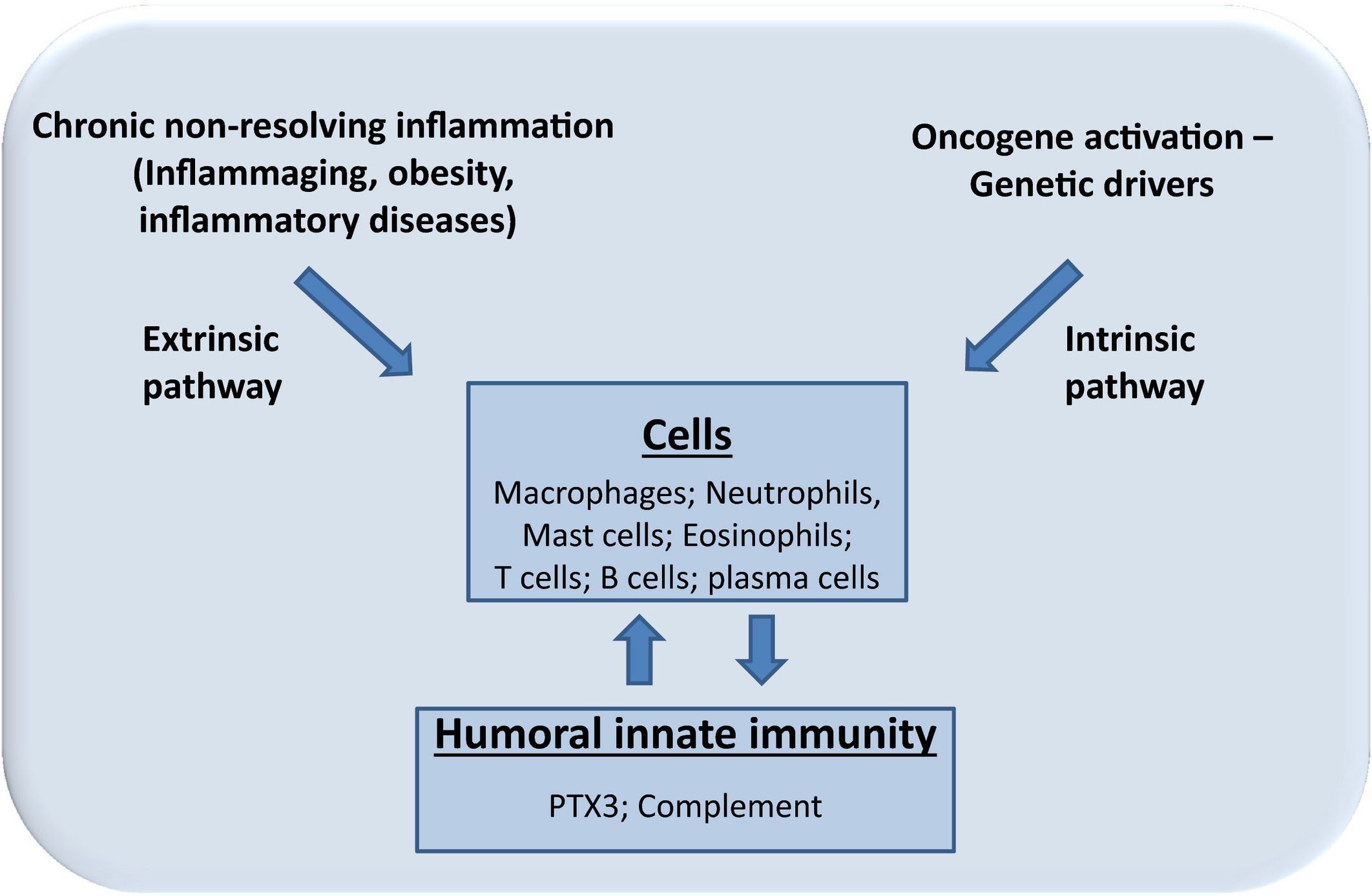Page 9788
Apr 14, 2018
Scientists Just Achieved The World’s Most Precise Chemical Reaction
Posted by Genevieve Klien in categories: materials, particle physics
Scientists have just performed the world’s most precisely controlled chemical reaction, sticking together just two atoms from elements that wouldn’t normally form a molecule.
The two elements — sodium and caesium — produced an interesting alloy-like molecule. On top of that, this method of creation could set the way of making just the kind of materials we might need in future technology.
A team of Harvard University scientists used laser ‘tweezers’ to manipulate individual atoms of the two alkali metals into close proximity, and provided a photon to help them bond into a single molecule.
Continue reading “Scientists Just Achieved The World’s Most Precise Chemical Reaction” »
Apr 14, 2018
In the hope of a cure: can stem cells treat autism?
Posted by Genevieve Klien in categories: biotech/medical, neuroscience
Apr 14, 2018
Google’s astounding new search tool will answer any question
Posted by Bill Kemp in categories: futurism, Ray Kurzweil
Vancouver, British Columbia, Canada
Imagine if you could gather thousands of writers in a circle to discuss one question. What would optimist Thomas L. Friedman say about intervening in Syria, for example? Would chaos theorist Santo Banerjee concur?
Google now has a way to convene that kind of forum—in half a second. Speaking to TED curator Chris Anderson yesterday (April 13), legendary futurist Ray Kurzweil introduced “Talk to Books” a new way to find answers on the internet that should bring pleasure to researchers, bookworms and anyone seeking to expand their thinking on a range of topics.
Continue reading “Google’s astounding new search tool will answer any question” »
Apr 14, 2018
A Spooky Quantum Experiment Creates What May Be the Most Entangled Controllable Device Yet
Posted by Genevieve Klien in categories: cybercrime/malcode, particle physics, quantum physics, robotics/AI
If you’ve read anything about quantum computers, you may have encountered the statement, “It’s like computing with zero and one at the same time.” That’s sort of true, but what makes quantum computers exciting is something spookier: entanglement.
A new quantum device entangles 20 quantum bits together at the same time, making it perhaps one of the most entangled, controllable devices yet. This is an important milestone in the quantum computing world, but it also shows just how much more work there is left to do before we can realize the general-purpose quantum computers of the future, which will be able to solve big problems relating to AI and cybersecurity that classical computers can’t.
“We’re now getting access to single-particle-control devices” with tens of qubits, study author Ben Lanyon from the Institute for Quantum Optics and Quantum Information in Austria told Gizmodo. Soon, “we can get to the level where we can create super-exotic quantum states and see how they behave in the lab. I think that’s very exciting.”
Apr 14, 2018
‘There is no such thing as past or future’: physicist Carlo Rovelli on changing how we think about time
Posted by Genevieve Klien in categories: futurism, physics
Seven Brief Lessons on Physics sold over a million copies around the world. Now Rovelli is back to explore the mysteries of time. He tells Charlotte Higgins about student revolution and how his quantum leap began with an acid trip.
• Extract from Carlo Rovelli’s new book: on the elastic concept of time.
Apr 14, 2018
Venus Visits Night Sky This Month: How to See It
Posted by Genevieve Klien in category: space
Apr 14, 2018
Supercontinent formation may be linked to a cycle of supertides
Posted by Genevieve Klien in category: futurism
Apr 14, 2018
How quantum computing could wreak havoc on cryptocurrency
Posted by Genevieve Klien in categories: computing, cryptocurrencies, quantum physics
Quantum computing is promising to be one of the biggest technological revolutions of the modern era.
By harnessing the power of quantum mechanics, machines will be able to achieve data processing of speed and complexity unattainable with current computers. Traditional computers are based on a binary model on a system of switches that can be either on or off, represented with a 1 or a 0.
Quantum computers are different in that their switches can be in both the on and off positions at the same time, called ‘superpositions.’ This ability to be in two simultaneous states is what makes quantum computers faster. Much faster.
Continue reading “How quantum computing could wreak havoc on cryptocurrency” »
Apr 14, 2018
New Trojan Malware Could Mind-Control Neural Networks
Posted by Klaus Baldauf in categories: cybercrime/malcode, Elon Musk, robotics/AI, space
Each new technological breakthrough comes seemingly prepackaged with a new way for hackers to kill us all: self-driving cars, space-based weapons, and even nuclear security systems are vulnerable to someone with the right knowledge and a bit of code. Now, deep-learning artificial intelligence looks like the next big threat, and not because it will gain sentience to murder us with robots (as Elon Musk has warned): a group of computer scientists from the US and China recently published a paper proposing the first-ever trojan for a neural network.
Neural networks are the primary tool used in AI to accomplish “deep learning,” which has allowed AIs to master complex tasks like playing chess and Go. Neural networks function similar to a human brain, which is how they got the name. Information passes through layers of neuron-like connections, which then analyze the information and spit out a response. These networks can pull off difficult tasks like image recognition, including identifying faces and objects, which makes them useful for self-driving cars (to identify stop signs and pedestrians) and security (which may involve identifying an authorized user’s face). Neural networks are relatively novel pieces of tech and aren’t commonly used by the public yet but, as deep-learning AI becomes more prevalent, it will likely become an appealing target for hackers.
The trojan proposed in the paper, called “PoTrojan,” could be included in a neural network product either from the beginning or inserted later as a slight modification. Like a normal trojan, it looks like a normal piece of the software, doesn’t copy itself, and doesn’t do much of anything… Until the right triggers happen. Once the right inputs are activated in a neural network, this trojan hijacks the operation and injects its own train of “thought,” making sure the network spits out the answer it wants. This could take the form of rejecting the face of a genuine user and denying them access to their device, or purposefully failing to recognize a stop sign to create a car crash.
Continue reading “New Trojan Malware Could Mind-Control Neural Networks” »


















